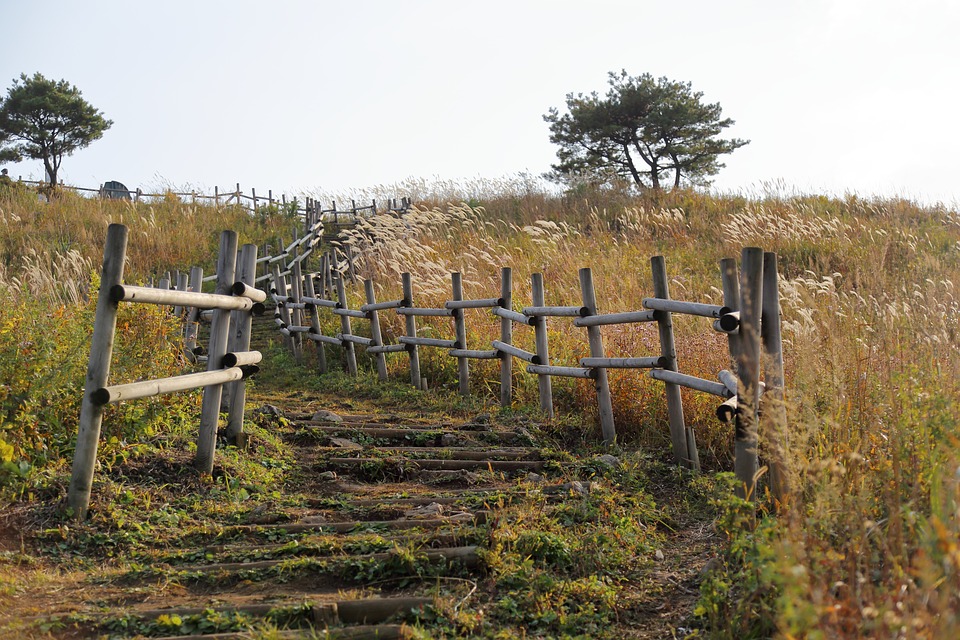Cultural Insights: Indigenous Communities and the Northwest Passage
Understanding Indigenous Cultures
Indigenous communities have a deep connection to their lands and waters, and this is especially evident in the Arctic region. In the context of the Northwest Passage, which is a historically significant route that connects the Atlantic and Pacific Oceans through the Arctic Ocean, Indigenous peoples have lived and thrived in this harsh environment for thousands of years.
The Inuit, Inuvialuit, and other Indigenous groups in the Arctic have a rich cultural heritage that is closely tied to the land, sea, and ice. They have developed unique ways of life that are adapted to the extreme conditions of the Arctic, including hunting, fishing, and gathering activities that have sustained their communities for generations.
The Impact of Climate Change
In recent years, the Arctic region has been experiencing the effects of climate change at an alarming rate. The melting of sea ice and changes in temperature and weather patterns are having a profound impact on Indigenous communities in the Arctic, including their traditional ways of life and cultural practices.
For example, the rapid loss of sea ice in the Arctic has made it more difficult for Indigenous hunters to access traditional hunting grounds and to hunt for marine mammals like seals and whales. This has not only led to food insecurity in some communities but has also disrupted cultural practices that have been passed down through generations.
Navigating the Northwest Passage
The opening up of the Northwest Passage due to melting sea ice has also raised concerns for Indigenous communities in the Arctic. While the Northwest Passage has long been a route of interest for international shipping and trade, the increase in vessel traffic through this region poses risks to the fragile Arctic environment and to Indigenous cultures.
Indigenous communities are concerned about the potential impact of increased shipping activities on marine ecosystems, wildlife populations, and traditional hunting and fishing grounds. They are also worried about the potential for oil spills and other environmental disasters that could have devastating consequences for their communities and ways of life.
Preserving Indigenous Knowledge and Traditions
In the face of these challenges, Indigenous communities in the Arctic are working to preserve their knowledge and traditions for future generations. They are using a combination of traditional and modern methods to document and transmit their cultural practices, stories, and languages to younger members of their communities.
For example, some Indigenous groups are using digital technologies to record oral histories, traditional songs, and knowledge about the land and sea. They are also working with researchers and government agencies to develop policies and programs that support Indigenous-led conservation efforts and sustainable development practices in the Arctic.
Building Partnerships and Collaboration
In order to address the complex social, economic, and environmental challenges facing Indigenous communities in the Arctic, it is essential to build partnerships and collaborations with Indigenous organizations, governments, and non-profit groups. By working together, these stakeholders can develop innovative solutions that respect Indigenous rights, values, and knowledge systems.
One example of successful collaboration in the Arctic is the Arctic Council, which is an intergovernmental forum that brings together the eight Arctic states and Indigenous organizations to address issues of common concern in the region. The Arctic Council has helped to foster dialogue and cooperation among diverse stakeholders and to promote sustainable development and environmental conservation in the Arctic.
Conclusion
In conclusion, Indigenous communities in the Arctic are facing unique challenges and opportunities in the context of the Northwest Passage and the changing Arctic environment. By drawing on their rich cultural heritage, traditional knowledge, and resilience, Indigenous peoples are working to adapt to these changes while also preserving their ways of life and protecting the Arctic environment for future generations.
It is essential for governments, industry, and the international community to engage with Indigenous communities in a spirit of partnership and collaboration in order to address the complex social, economic, and environmental issues facing the Arctic region. By working together, we can ensure a sustainable future for the Arctic and its Indigenous peoples.
